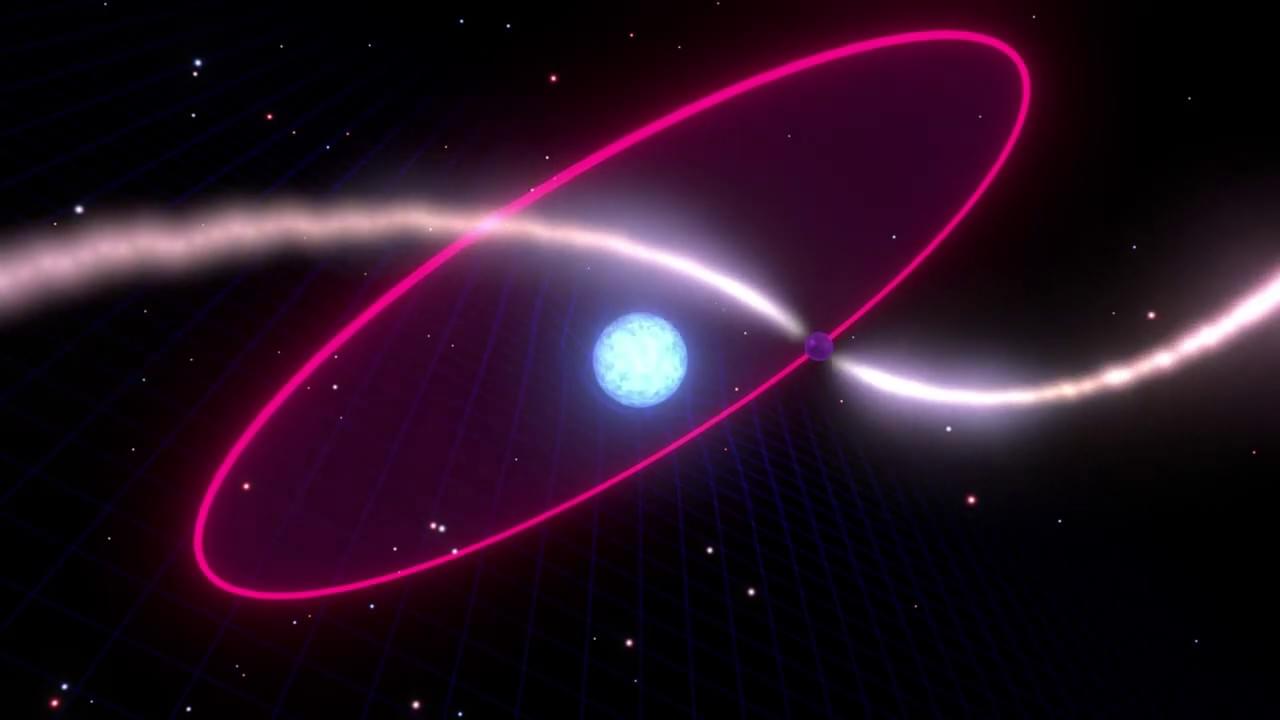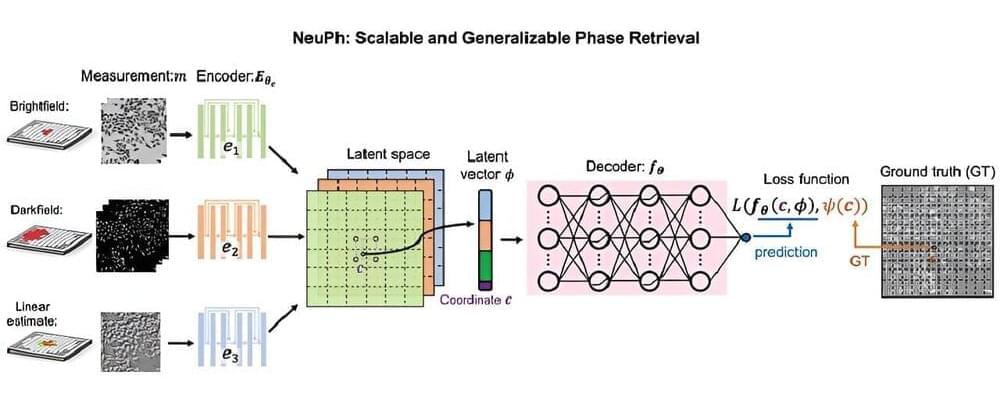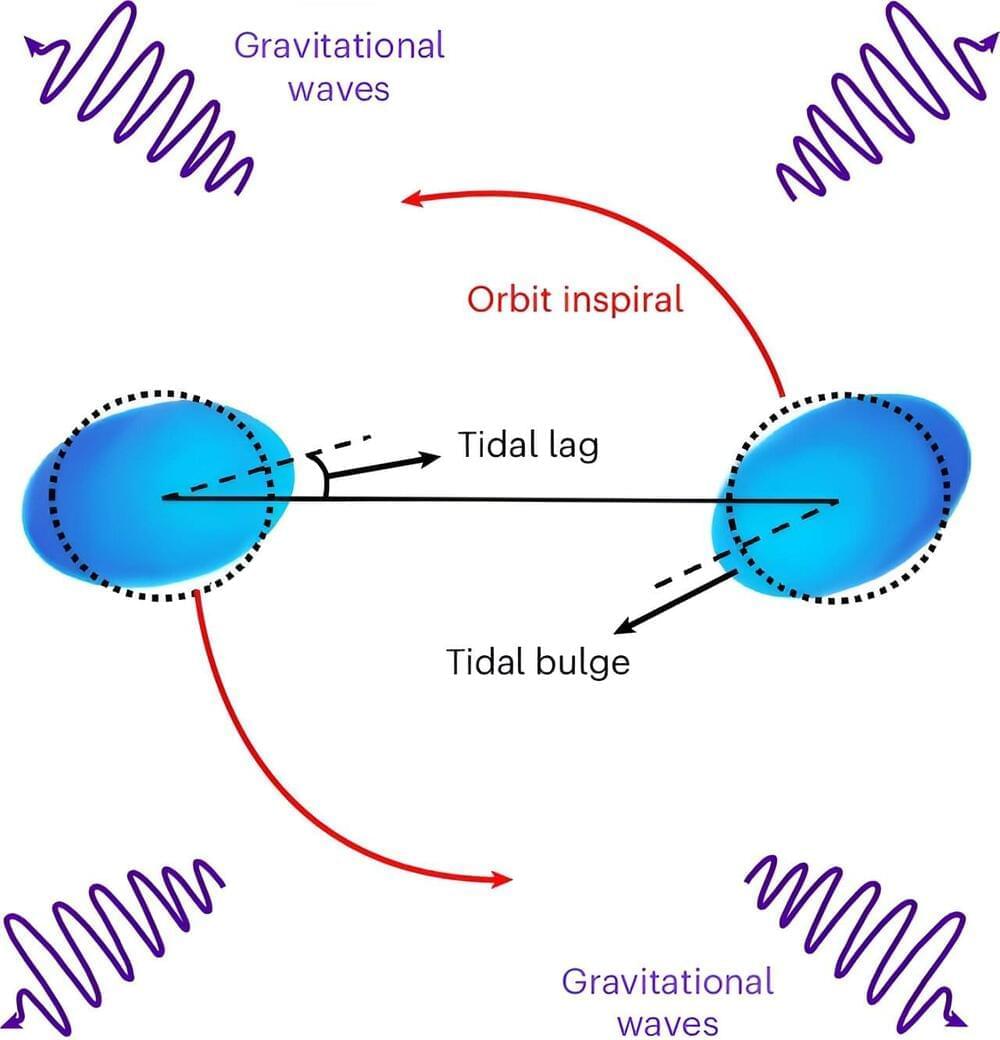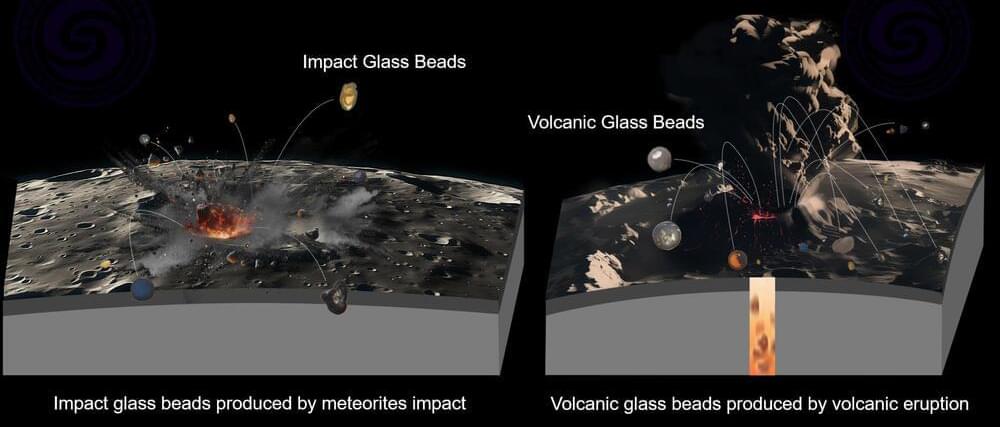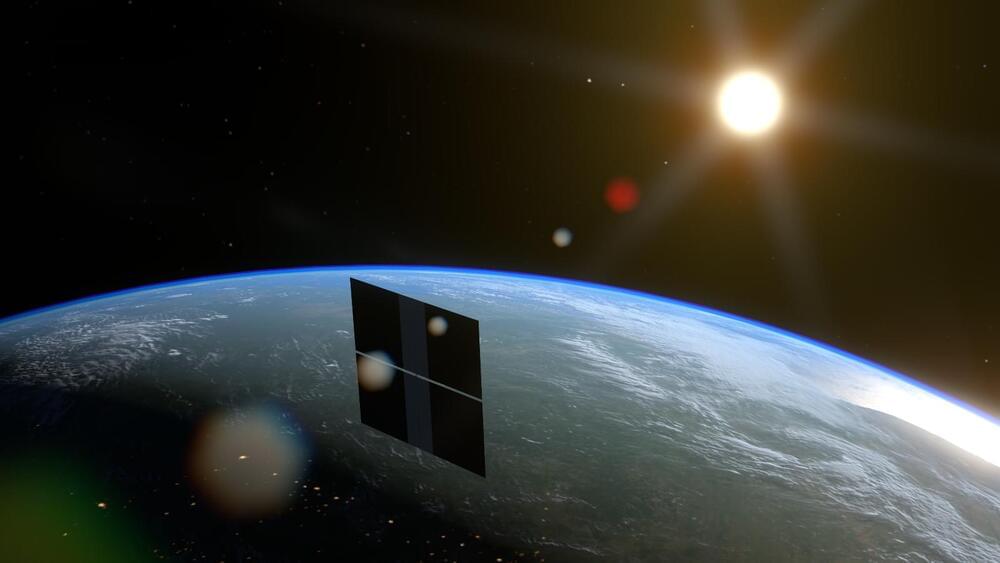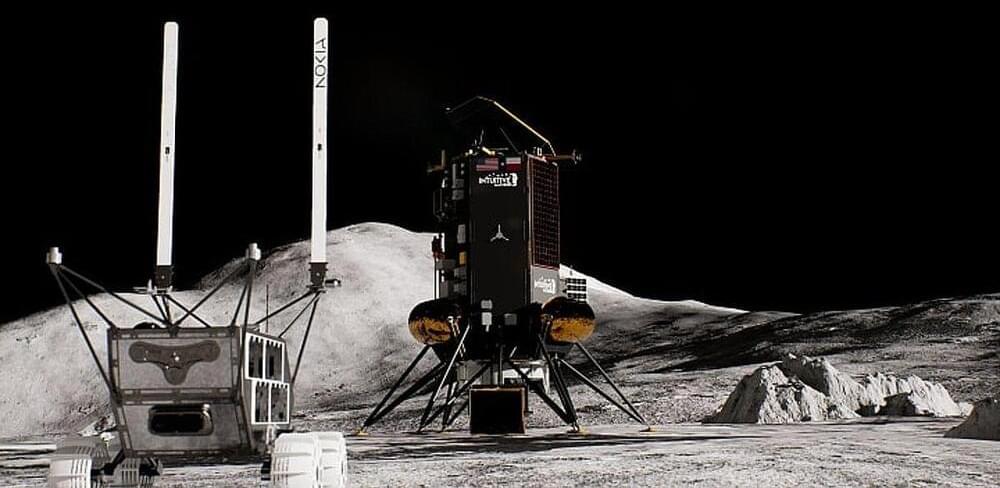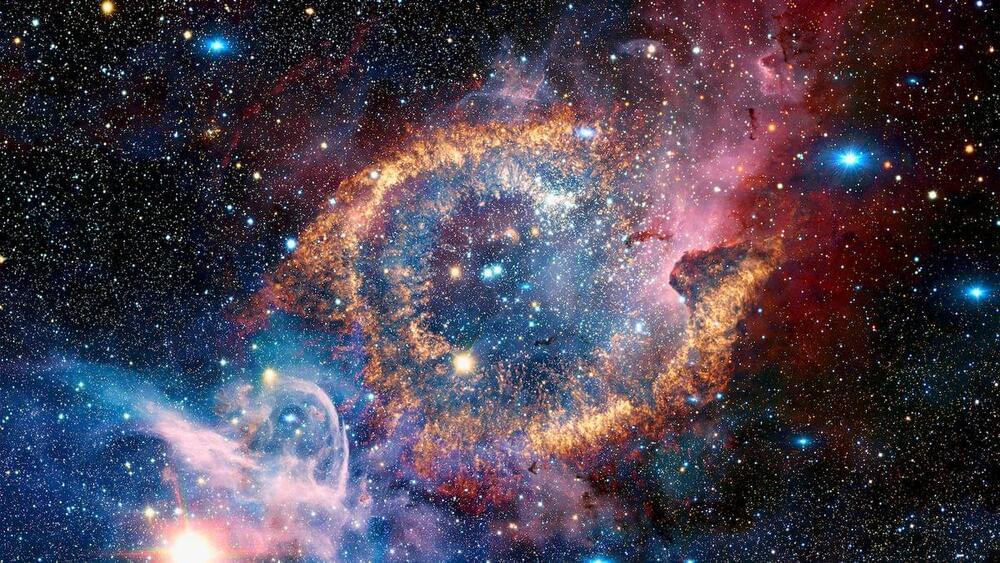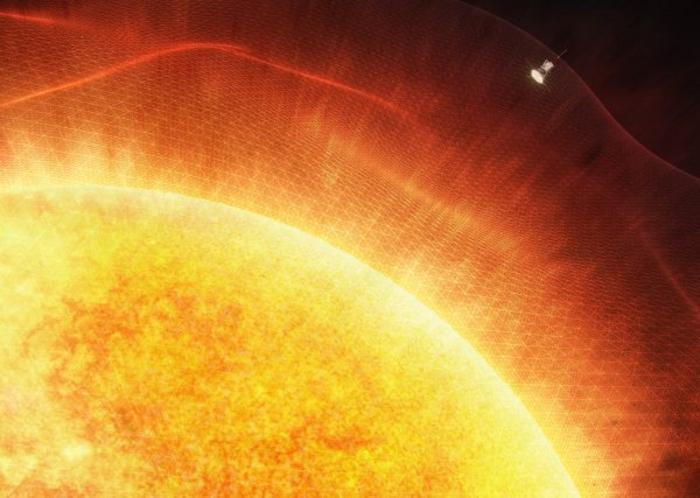
What processes provide energy to the solar wind as it travels away from the Sun and throughout the solar system? This is what a recent study published in Science hopes to address as an international team of researchers investigated the processes responsible for providing energy to the solar wind as it leaves the Sun and traverses the rest of the solar system. This study holds the potential to help astronomers better understand the Sun’s processes, which could also provide insight into the processes of other stars, as well.
“Our study addresses a huge open question about how the solar wind is energized and helps us understand how the Sun affects its environment and, ultimately, the Earth,” said Dr. Yeimy Rivera, who is a postdoctoral fellow at the Center for Astrophysics | Harvard & Smithsonian and lead author of the study. “If this process happens in our local star, it’s highly likely that this powers winds from other stars across the Milky Way galaxy and beyond and could have implications for the habitability of exoplanets.”
For the study, the researchers used solar wind data from NASA’s Parker Solar Probe and the joint NASA-ESA Solar Orbiter collected within two days of each other due to the spacecraft being aligned with each other, enabling this research to be conducted. For context, the Parker Solar Probe is currently orbiting inside the Sun’s corona while Solar Orbiter is orbiting approximately halfway between the Earth and the Sun. In the end, the researchers found the solar wind’s acceleration that occurs between the Sun and the Earth is due to what are called “Alfvén waves”, which transport energy through the solar plasma. However, researchers haven’t been able to measure Alfvén waves until now.
